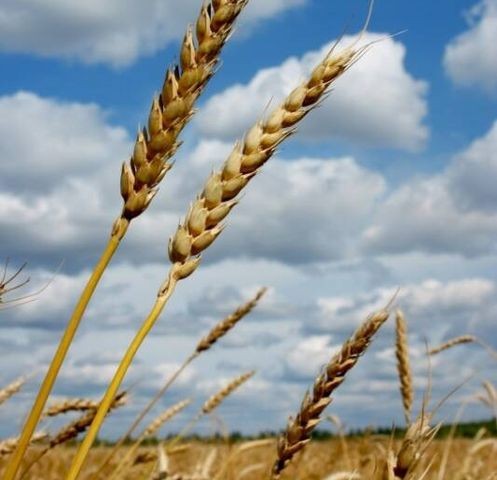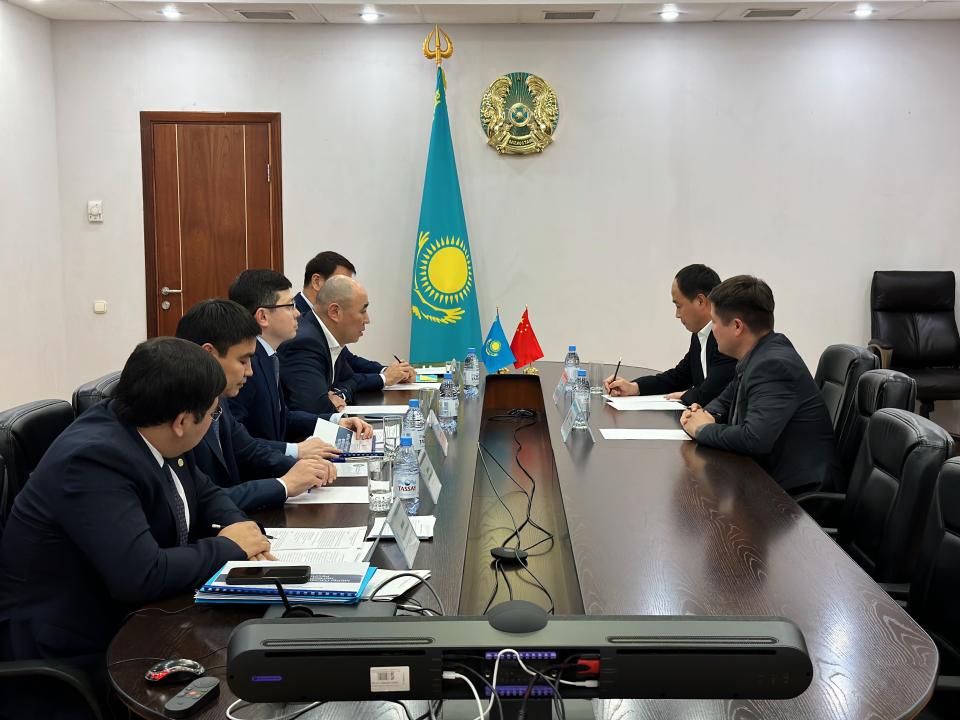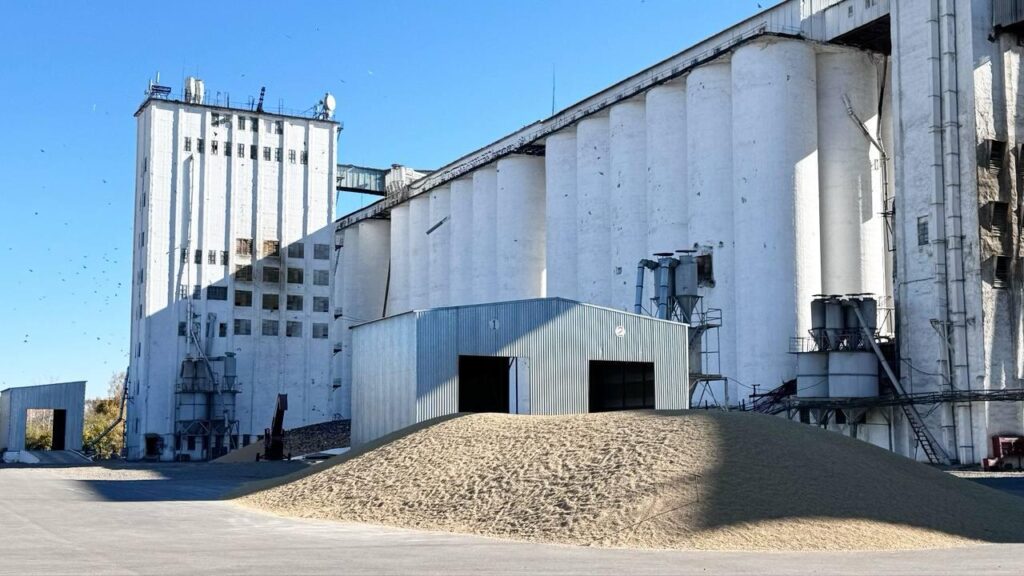ASTANA (TCA) — Participants from 21 countries, including Austria, China, the Russian Federation, the United States of America, Turkey, France, Switzerland, and many more, gathered in Astana on March 16 for the KazGrain 2018 conference to discuss trends in the world grain market and prospects for the grain and flour markets in Central Asia, the FAO Regional Office for Europe and Central Asia reported.
Included on the conference’s agenda was the role of Kazakhstan in the provision of global food security and prospects for the development of the grain sector in Kazakhstan, considering the high value of grain on the world market, growing competition in the Black Sea region, and prospects for the development and modernization of the grain industry in Kazakhstan.
Even though crop sector diversification in the country has led to reductions in grain areas, Kazakhstan continues to be one of the most significant players in the world wheat market; it ranks among the world’s top 15 producers and top ten exporters of grain and flour.
Nevertheless, the positive dynamics in the country’s grain segment have not yet led to the elimination of factors constraining exports and overall market development in Kazakhstan.
Among the issues facing the country are the difficulties of grain transportation and storage due to Kazakhstan’s size and location. Another factor is growing competition from Russia, which continues to increase its production and export of wheat using its developed shipping and transport infrastructure.
At the same time, Kazakhstan – with its cultivation of durum and other high-quality wheats and its high potential in organic production – has many advantages compared with neighboring countries in the Black Sea region.
The amount of grain processed in Kazakhstan has been growing in recent seasons. In the 2016/2017 marketing year, 3.7 million tons of wheat flour was produced, a 6 percent increase over the volume produced in 2012/2013.
In the current season, according to the grain market experts, the production of flour may amount to 3.9 million tons, and the export potential of wheat and wheat flour is estimated at 7.2 million tons.
Conference participants also looked at current world grain market trends and the medium- and long-term prospects of the grain and flour market in Central Asia.
“World wheat production and carry-over stocks in the 2017/18 marketing year are at record levels, and this increases competition between main exporters for wheat markets,” said Natalia Merkusheva, an economist in the Trade and Markets Division at FAO. “Despite record world stocks of wheat in 2017/18, the international wheat prices went up in the beginning of 2018, as markets gave more weight to negative news over wheat production in 2018.”
Conference participants included leading experts and operators in the world grain market, buyers of grain and flour from the EU and Asia, representatives from various agro companies and associations, and grain market participants from Russia and other countries of the Eurasian Economic Union.
The main sponsor of KazGrain 2018 was the national company Food Contract Corporation, a subsidiary of KazAgro. The event also was supported by the Kazakh Ministry of Agriculture and the Food and Agriculture Organization of the United Nations (FAO).








